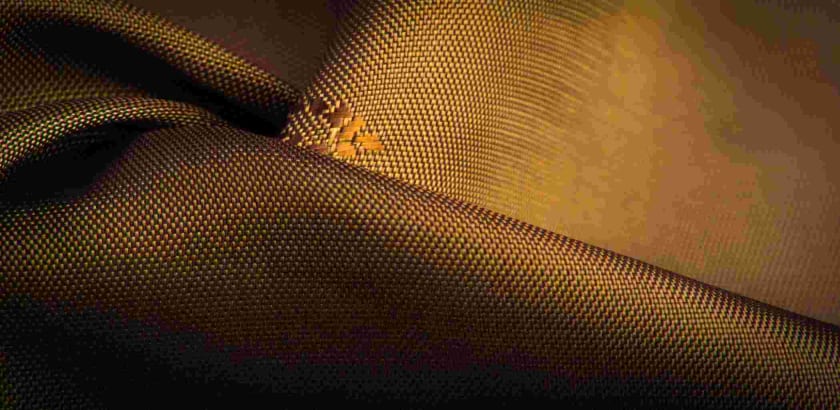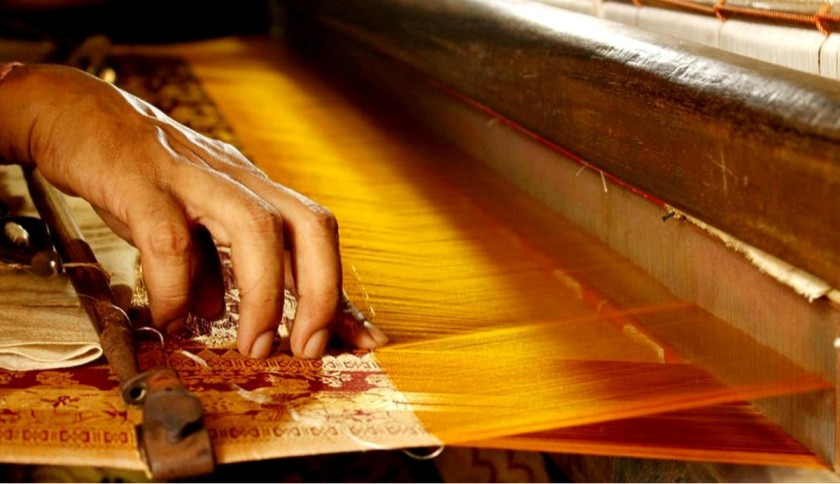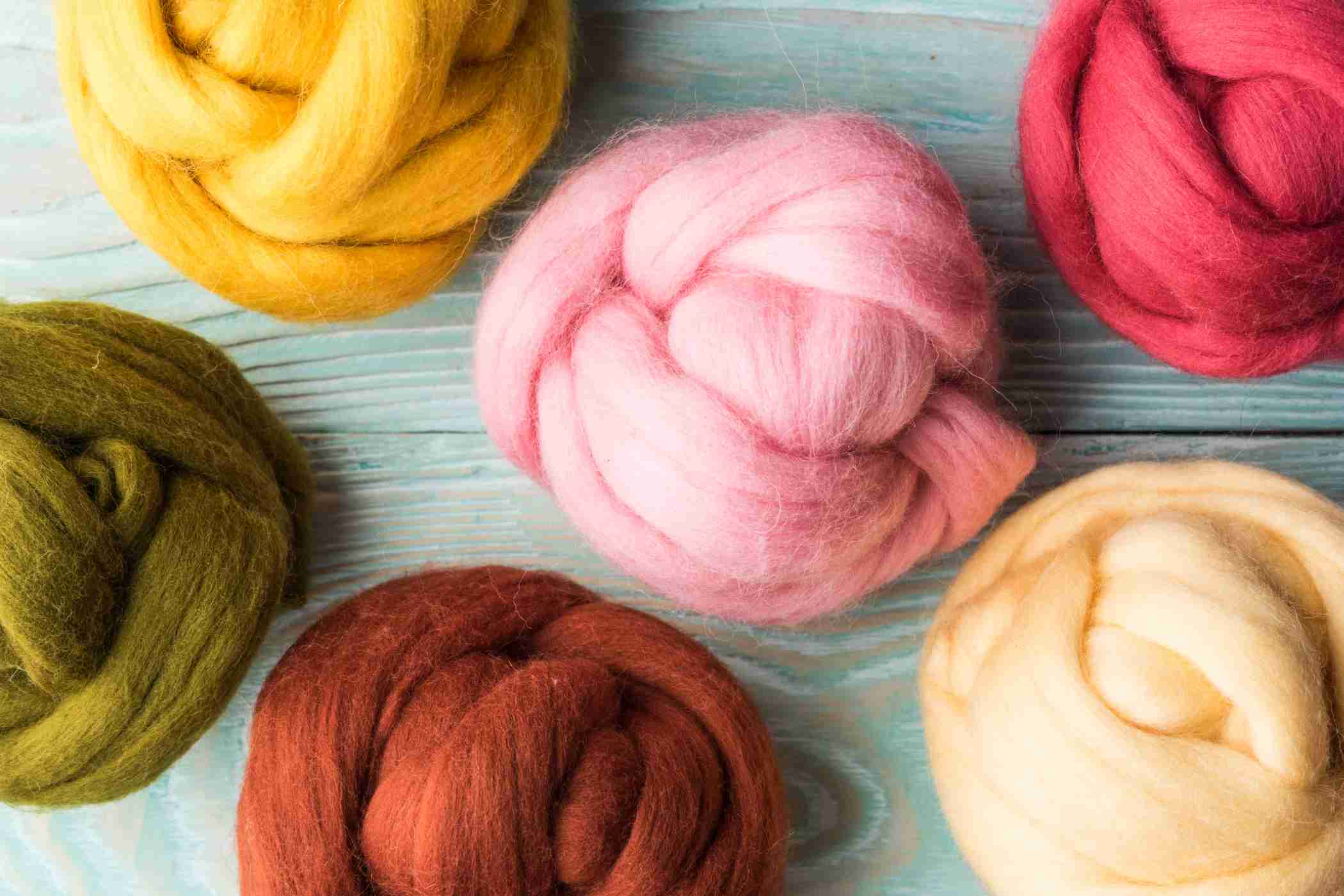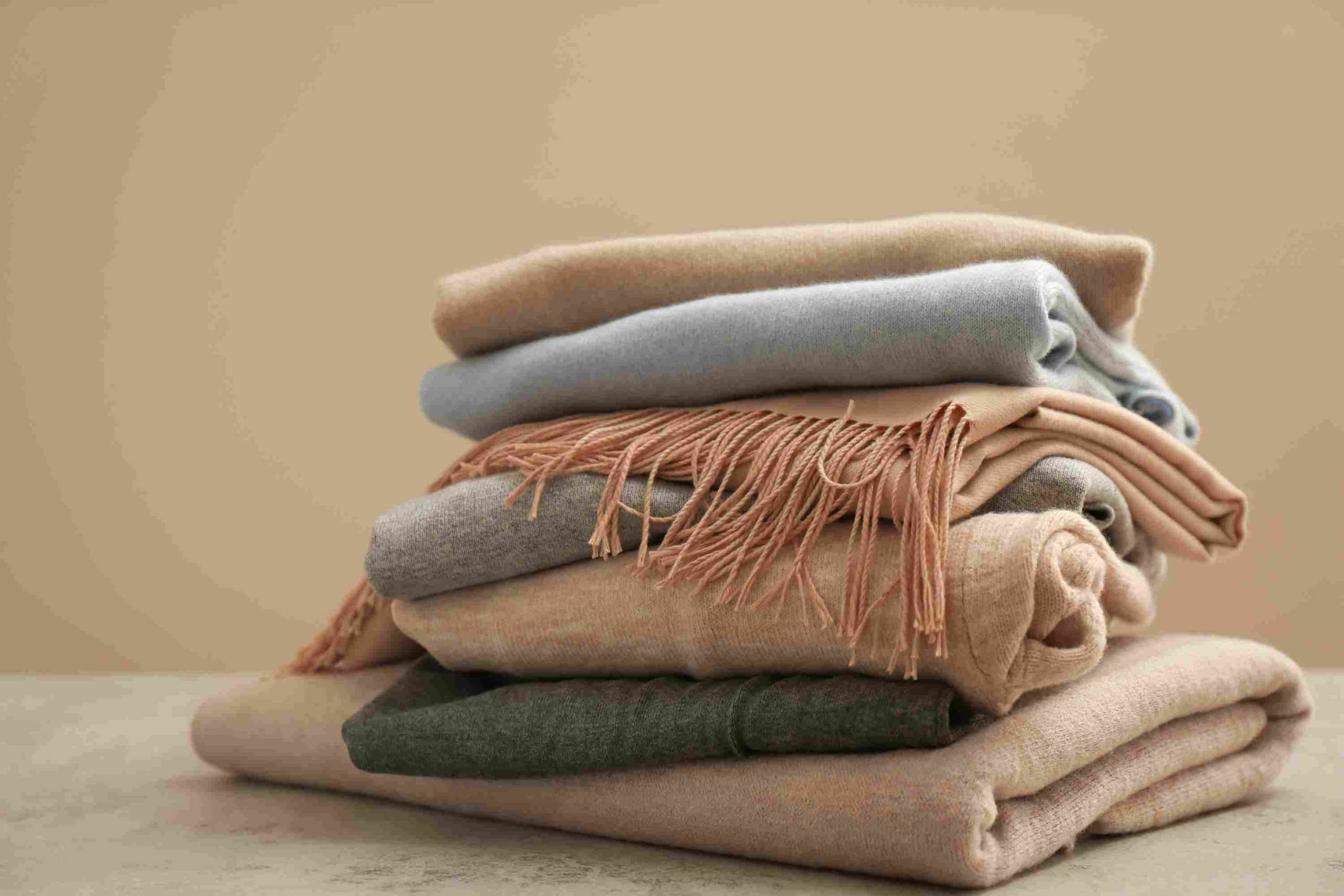20 Surprising Facts about Bhagalpuri Silk



Since you’ve landed here, one thing I can tell you about you is that you have fine taste. To be specific, you happen to have a keen interest in Bhagalpuri silk.
Are you planning to use Bhagalpuri silk for your upcoming ethnicwear collection? Or are you also looking for the best variant of silk for a sustainable clothing line? Whatever be your reason, if you are truly interested in this royal silk, you have to read through these twenty facts about Bhagalpuri silk that will make your purchase decision easier!

- Bhagapluri silk is named after a city in Bihar called Bhagalpur. Bhagalpur is also called the Silk City of India due to the extensive silk work done here.
- Bhagalpuri silk is mostly used to make the Bhagalpuri saree. Antheraea paphia silkworm cocoons are used to make Bhagalpuri silk. This species is native to India, so it supports the mission of “Make in India” like you!
- These yarns are woven using multicolored silk strands produced from Tassar cocoons (Antheraea paphia silkworm cocoons). As a result, they are woven into unique and symbolic designs and motifs, giving Bhagalpuri silk sarees a lively and brilliant texture and feel.
- Another name for Bhagalpuri silk is Tassar silk, and therefore, the sarees are also called Bhagalpuri Tassar silk sarees.
- Well-known for its distinct and stunning resilience, as well as its high quality, Bhagalpuri silk is also known as “Queen of all fabrics.”
- This natural and pure kind of embroidered silk cloth was recognized centuries ago in the Vedic age.
- The Maurya age also recognized the magical spirit of this artwork, which managed to entice and fascinate most people during this period. The skills to manufacture the Bhagalpuri Silk was handed down to subsequent generations, progressively increasing the demand for this artwork.
- The artisans today have diversified their area of work with respect to the fabric. Different items besides garments like furnishing materials such as curtains, table covers, cushions, and bed covers, are also made from this silk based on the customers’ needs.
- Cities such as Paris and London, known as fashion capitals, have also shown an interest in this fabric, increasing global demand for this embroidered fabric.
- Clothing manufactured from Bhagalpuri silk has begun to be displayed on international runways and fashion events, attracting millions of garment makers worldwide.
- This art form aims to reduce animal cruelty in any form. It is eco-friendly in nature, and many farms breed the silkworms using cruelty-free methods.
- Due to the limit that the artisans set against harming worms to manufacture Bhagalpuri silk, it is also sometimes referred to as “The Peace Silk.”
- Despite having strong competitors like Mysore and Bangalore silk, Bhagalpuri silk still stands apart due to its better quality and finesse.
- Bhagalpur’s total silk business crosses 100 crores each year, with 50 percent coming from the local market and 50 percent from the export market. Around a million people are employed to extract silk threads from cocoons and spin yarn for weaving into fabric.
- Depending on what you are searching for, Bhagalpuri silk comes in several styles. Katia, Eri, Mulberry, and Giccha are just a few of these kinds, all of which have a unique texture and feel.
- After China, India is the second-largest manufacturer of Bhagalpuri silk.
- Due to the fabric being more porous than other silk types, it proves to be an excellent choice for the summer season.
- The natural color of Bhagalpuri silk is a dull gold, which is why they prove to be one of the best choices for weddings and grand events.
- The silk production method is a labor-intensive job. The individuals who work on it are well-trained. The artisans who work on the cloth can make at least 10 meters of it in three days, with a monthly minimum of ten sarees. Because of the production method, each saree costs between Rs. 3000 and Rs. 3500, making it a more reasonable option than other silk sarees.
- If you want to test the authenticity of the fabric, the key is to burn the edges slightly. You know you have an original one if it smells like burnt hair rather than merely leaving a solid residue.

Bhagalpuri silk drapes are worn with utmost pride by young girls and ladies during family gatherings and weddings in South Asian countries like India and Bangladesh. While these sarees are widely available, only a few people are familiar with the itsy-bitsy details about this type of silk. I hope this served as an insight for you into the world of Bhagalpuri silk.



















